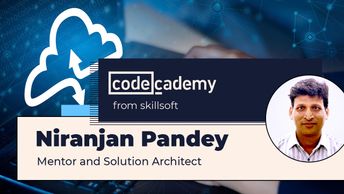Continuous automation in CloudOps provides many benefits, but its impact doesn't come without disadvantages. In this course, you'll explore the advantages and disadvantages of several areas of automation, including continuous product delivery, infrastructure provisioning automation, Zero Code multi-cloud automation, and edge networking automation.
Next, you'll investigate how to establish an automation governance model and the role of automation and multi-cloud orchestration in moving cloud workloads and managing infrastructure environments. You'll identify prominent multi-cloud management tools and typical use cases of disposable and repeatable infrastructure.
Moving on, you'll configure Terraform for automated workflows, use Jenkins and Terraform on Amazon EKS to configure continuous integration, and use Ansible and Terraform to set up environments. Lastly, you'll deploy applications to AWS and configure Cloudify to integrate with an automation toolchain and use a single CI/CD plugin.
| Objectives |
|---|
CloudOps Automation: Continuous Automation Implementation
|


